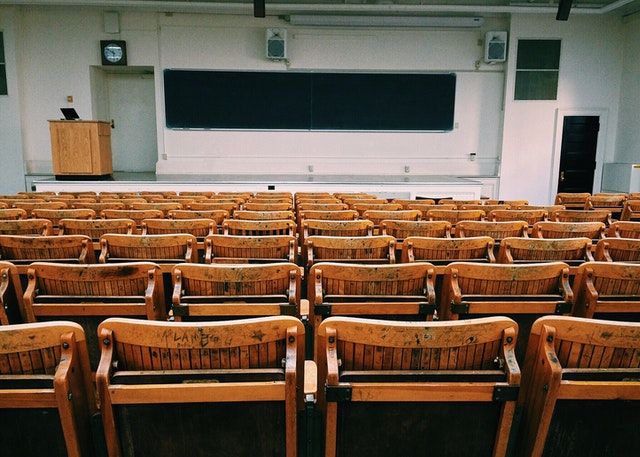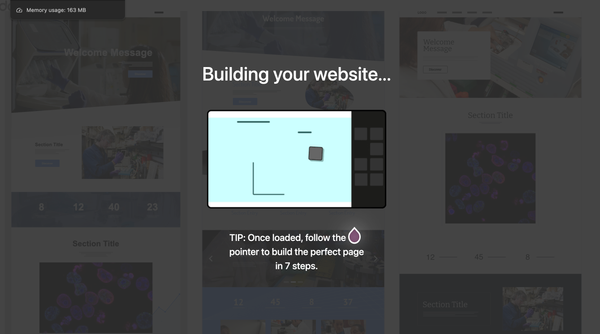7 Reasons Why Students Need Technology in the Classroom
Table of Content
The classroom environment is becoming more and more dynamic. The education system has changed, and students are learning differently. With technological advancements and remote learning, educationists are remodeling classes to meet the specific needs of learners.
With the uptake of remote learning, institutions are replacing traditional resources with better educational technologies. Technology is becoming an important element in the classroom. Below are seven reasons why students need technology in the classroom.

Access to information
Every student needs a system to enable them to access information when learning and writing assignments. To become a good essay writer, a student needs to find electronic resources when researching. Technology enables students to access information efficiently and effectively. E-books and search engines are replacing traditional textbooks.
Through educational videos, students can find personalized help anywhere and anytime. Open learning courses allow students to easily access information instead of relying on personal tutors.
Facilitates collaboration
Many learning tools have diverse functionalities that can facilitate collaboration. For instance, video conferencing tools such as Skype and Zoom allow students to participate in virtual meetings.
Free digital storage solutions such as Google Drive allow students to share and manage projects. Students can edit projects to foster better collaboration in the academic sphere.
Using instant messaging, social media, and mobile phones in the classroom enhances inclusivity among learners. It also allows students to collaborate on a global scale. Event pages, group chats, and hashtags can act as digital forums to enable students to brainstorm and ask questions wherever they are.
Preparation for the job market
Understanding how technological tools work can help to prepare students for the job market. Tools such as web pages, electronic calendars, electronic whiteboards, and teleconferencing facilities are becoming essential. During learning, students use software programs and project management programs which they can also apply while at work.
By integrating technologies into the learning environment, institutions are preparing students for the job market. When they join the job market, they will be more efficient and productive. Jobs that initially relied on manual labor and paperwork now need computer literacy skills.
Enhances creativity
The traditional learning model is no longer applicable today. The purpose of the modern education system is to enable learners to be creative in problem-solving. Through technology, students can decide the topics to explore and the subjects to learn. They can use the available resources to gain insights into future career prospects.
Through technology, students can participate in digital storytelling. Storytelling is a powerful means of communication and requires a high level of creativity. The students can explore the meaning of their work. They create digital stories using tools such as PicLits, Slidestory, Story Bird, and more.
Another way in which students can use technology to enhance creativity is through games. Games promote creativity by engaging students in their studies and igniting interactions with their peers.
Supports learners needs
The learning capacity and styles of students differ a lot. With the right digital technologies, teachers can address diverse students' experiences and learning styles. Various digital learning platforms can provide an overview of the student's unique needs.
Digital tools offer insights and boost students’ engagement by allowing educators to connect with the students. The educators can engage with learners no matter the challenges and their physical locations.
In addition to worksheets and textbooks, technology enables educators to access tools to enable students to grasp concepts easily. By incorporating diverse learning methods, the students are more likely to retain information and meet their learning goals.
Promotes learning interest
Students tend to use technology both in the classroom and outside. In a classroom environment, technology can make learning more exciting and fun. Teaching strategies such as game-based learning enables teachers to deliver content through leaderboards and games.
Instructors can use digital tools to gather feedback and assess the effectiveness of game-based learning. This enables teachers to improve the learning strategies based on the feedback.
Enhances online privacy
Educators leverage digital learning to allow learners to retain information and meet their educational goals. However, in the process of learning, they also gather insights into online security threats.
Students can learn about cyberattacks and how to protect their data and information from such attacks. They can learn how to use security tools on suspicious contacts and discover online users. This will ensure that they will only interact with the right people.
The instructors can allow students to privately browse and clear history as they log off. As the instructors discuss digital security threats with learners, the learners understand how serious cyberattacks are, so they become more cautious.
Conclusion
Technology in the classroom is important to learners because it enhances learning efficiency. It enables students to access information, facilitates collaboration, and prepares students for the job market. It also enhances learner creativity, supports learners' needs, promotes learning interest, and enhances online privacy. Institutions should ensure that students use technology well to meet the desired learning outcomes.












